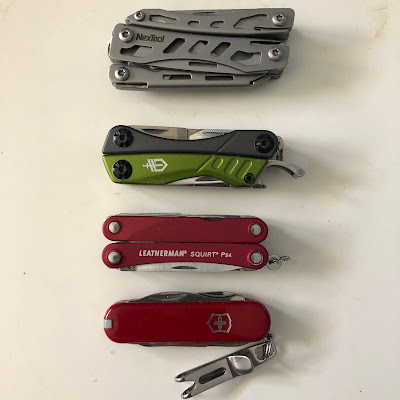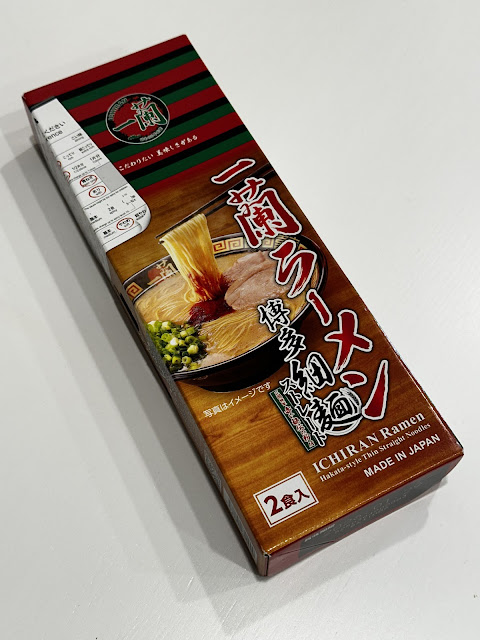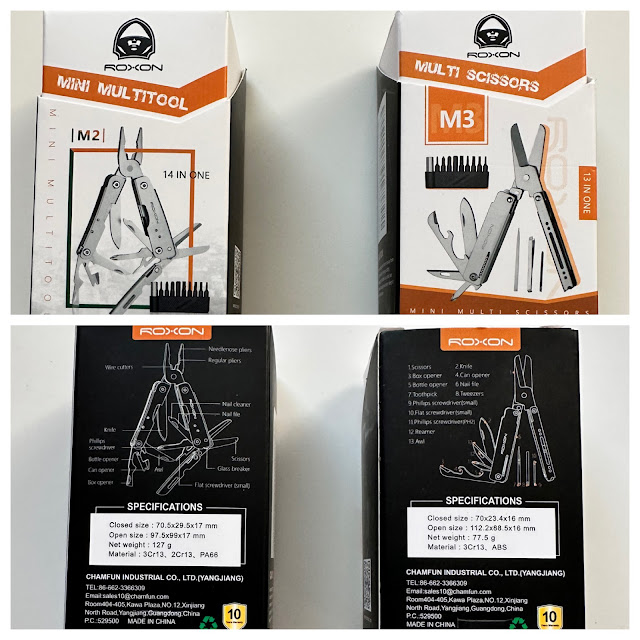Drones For Your Science Fiction Story
Drones refer to aircraft (mostly small) that operate without a human pilot on board, so they are controlled either remotely or by onboard computers. Another name for them is unmanned aerial vehicles or UAVs. On a side note, ground-based remote or autonomous systems are called robots or unmanned ground vehicles or UGVs, and if it is a car, it is a robot taxi or self-driving car. Drones can be small or large in size and can be fixed-wing, helicopter-type or even anti-gravity in the future.
This is an article about science and technology for science fiction and even the broader genre of speculative fiction/science fantasy. It is part of my Make Science Fiction Futuristic and Remove Bad Science and Technology Tropes
 |
| Manned fighters would be accompanied by UCAVs. |
What About Big Drones?
A distinction needs to be drawn between small drones and larger drones. Small drones are typically shorter-ranged systems that can carry small payloads, so they are smaller than a tiny car or a refrigerator. Larger drones can still be called drones (e.g. the military Reaper and Predator, which are plane-sized), but modern military terminology for advanced drones calls them unmanned combat aerial vehicles or UCAVs. The UCAVs are the size of fighter jets, so they are large, have long-range, are equipped with advanced avionics, sensors, and weapons, and are semi to fully autonomous with AI. UCAVs can fight in squadrons, accompany human-manned fighters, and are deemed to be more expendable as they are typically cheaper than a modern fighter jet, and a human pilot will not be killed if they are destroyed. They can also be stealthy but are not typically designed that way as of writing because they are supposed to be cheaper and expendable. Cheaper also means more of them can be built. For example, the most high-tech jet right now is the F-35, and it would be accompanied by one or two UCAVs to supplement its firepower, surveillance, and target acquisition capabilities. A UCAV could be sent against high-risk or even one-way missions instead of using the F-35.
Large drones with a long-range and large payload or warhead are similar to long-range cruise missiles too. A large civilian drone might be a cargo transport or some type of reconnaissance system. A large military drone could also do the same, but when a warhead is involved, it begins to resemble a cruise missile. A cruise missile is a guided missile that remains in the atmosphere to deliver a high-explosive warhead over long distances with great precision. It is typically powered by a jet engine and navigates using a combination of GPS, inertial navigation, and terrain-contour matching. More advanced versions might have their own seeker guidance systems to acquire targets that are moving. Currently, one of the differentiators between large warhead carrying drones and cruise missiles is the lower cost, guidance system, and speed of the drone. Cruise missiles are usually used for precise, strategic strikes on high-value targets that are a long distance away.
What About Small Drones?
With all that out of the way, the discussion on how small drones would be employed in science fiction can continue by extrapolating their uses in both the military and civilian domains. Small drones with limited range have brought an evolutionary change on the modern battlefield that is best demonstrated by the war between Russia and Ukraine. However, they have been used globally in military operations. Outside of the battlefield, small drones have changed the game for filming video, search and rescue, surveillance, mapping/surveying, doing light shows at night, delivery of packages, and other purposes. In the early 2000s and 2010s, drones tended to be large, such as the Predator drone and expensive to operate, but small cheap drones manufactured in the millions have allowed non-nation state players and individuals to use drones on a cost-effective basis.
.png) |
| A swarm of small drones. |
Small Drones at War
The original use of drones was for reconnaissance. Infantry squads or even platoon or company-level units could get some airborne intel about the lay of the land and the enemy with a small drone. The drones could be the size of a sparrow and launched by an infantryman throwing it up in the air. They would then get a video feed relayed back to them to view on a tablet or even a phone. The drones could be used to see what was inside a building by flying in through windows, doors, or vents. They could also be fairly stealthy and cover a distance or terrain a person would have difficulty in.
Small quadcopter drones were then weaponized. They were used to drop grenades or improvised explosive devices. This same mechanism could be used to drop supplies or messages to friendly forces, too. First-person view drones, or racing drones, were fast drones equipped with a warhead to attack armoured vehicles or infantry. FPVs were piloted by soldiers wearing FPV goggles and were almost a more versatile replacement for anti-tank, guided missiles (ATGM) that required a line of sight. These became known as kamikaze drones as they would smash into the target and detonate. Kamikaze drones were loitering munitions, which can hang above the battlefield and then have an operator pick a target to attack. Examples of actual loitering munitions/kamikaze drones are the Russian Lancet and the American Switchblade. Generic kamikaze drones tend to be cheaper than more advanced loitering munitions as they are adaptations of commercial drones for civilian use.
Next Steps For Small Drones at War
Small reconnaissance drones are commonly used, even on an individual level.
Resupply to units can be done by delivery drones. Larger drones might even carry a person or medivac wounded to an aid centre.
Constant surveillance of the battlespace by drones from the air is only limited by weather. Drones can have visual, thermal, lidar, and even radar sensors. It is difficult to hide from drones without thermal-optical camouflage, caves, dense foliage, or buildings. Currently, it is difficult to mass vehicles or troops without detection by drones, satellites, or aircraft reconnaissance. Drones are more intimate and pervasive in the battlespace. The infantry fears the buzzing of drones and must take precautions against being spotted or attacked.
Loitering munitions/kamikaze drones are employed by squads to eliminate difficult targets or to prevent exposure of the soldiers. Large-scale use of kamikaze drones is employed, so it is like an air strike. Dozens of drones attack simultaneously, almost like an artillery barrage on a target. Loitering munitions might be fired from artillery or dropped from UCAVs or fighters to pick out targets over the battlefield. Local operators or AI would direct the weapons to the best effect after they are launched.
Drone swarms are nasty. This could be large or small swarms of small to tiny drones. The drones would be like a swarm of swallows or hornets buzzing all over the battlefield with limited explosive warheads. These would be hard for conventional weapons to take down and would require a degree of autonomy to coordinate the drone attack. An AI-controlled system from a larger drone or remote operator could wipe out all exposed targets in an area during a saturation attack. Drone swarms could be launched in racks from trucks or dropped out of planes or a larger carrier drone much like loitering munitions.
Counter-measures for small drones. Advanced gun sights that allow automatic tracking and shooting of drones, which are hard to hit manually. These could be mounted on soldiers' weapons or vehicles. Laser point-defence weapons to cheaply shoot down masses of drones, which are typically vehicle-mounted. Anti-drone/ATGM point defence, such as beehive or flechette rounds that just detonate in an arc. Jamming/smoke to prevent externally guided drones from communicating with operators or seeing targets. Small interceptor drones that can be fired to intercept incoming drones. Electromagnetic pulse or EMP weapons could be directional or just area effect to fry the electronics of incoming drones. Tiny drones are limited in their lifespan, propulsion, range, warhead, and sophistication (probably not EMP resistant, either). However, a swarm of tiny, deadly drones is just bad news for soldiers caught unprepared or civilians.
Next Steps for Small Drones at Work
More availability for more employees who do fieldwork and just general photography and videography. The drones have become easier to pilot or are more autonomous in avoiding obstacles. Police can use them to follow suspects or patrol areas. Fire departments can use it to look at the upper floors of buildings, fly over rubble or unstable areas, examine burning areas, and look at rooftops.
Act as an escort for people in dark or dangerous areas. The drone buzzes along to provide guidance or overwatch for a person.
Wider use to observe farms and orchard health, monitor pipelines, power lines, wind turbines, and road conditions, wildlife counts, border security, deforestation and other environmental changes, surveying areas to generate maps (3D models) of the surface with lidar or other technologies.
Extended-range drones for search and rescue that could even drop small supplies. AI will run a search pattern with a coordinated set of drones and interpret the results.
Package delivery and pickup are routine via drone for remote areas or even in the city.
The common use of drones for advertising or light shows at night. Animated displays in the sky become ordinary.
Extend communications range for radios by acting as a repeater/radio tower or a portable base station. Balloons would be better, but they don't move on their own.
Future Extrapolation on Small Drones
Take all of the items mentioned above and do it more, faster, better. Drones (especially tiny drones and robots) should be available to all soldiers and civilians. In a future technological society it should have more capabilities and be widely used.
News reporters would have a swarm of small drones recording everything at an incident or even having a personal drone follow them around. A surveyor or recon scout would have a swarm of grid networked drones working together that they could launch from a backpack or their powered exoskeleton/armour.
Small drones or tiny drones should be grid networked so that each drone can talk to other drones and act as relays for each other to the control unit or have distributed intelligence. It is harder to jam these types of communications, but not impossible.
Expect the drones to be AI-controlled from a nearby control point/carrier (they cannot be too far to avoid jamming unless for civilian use).
Drones are smart enough to return to base stations or carriers and recharge - especially for swarms. They don't need to be touched by humans to do this unless they are malfunctioning.
AI could control large drone swarms and interpret the information gathered in real-time.
The sophistication of small drones increases with miniaturized sensors and electronics.
There will be more rules and regulations around drones, especially tiny drones as they could be everywhere. Or the future is a total surveillance state.
The cost of drones comes down further.
Other types of propulsion or power sources for small drones. The battery life or power source for drones should last longer in the future.











Comments
Post a Comment